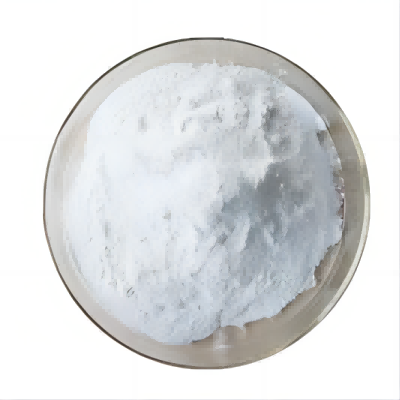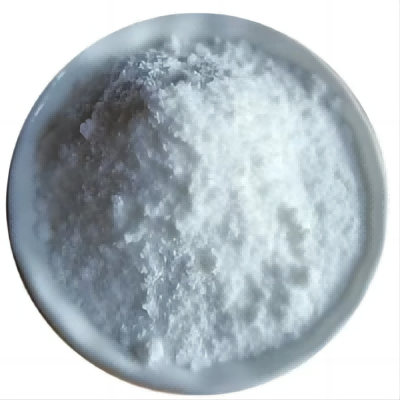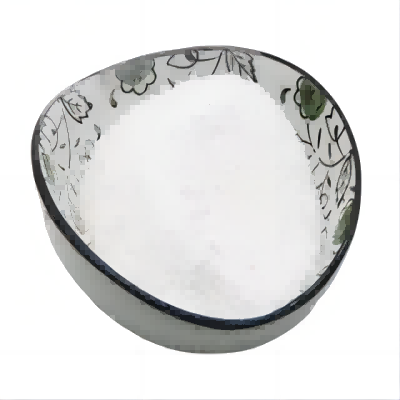Benserazide hydrochloride CAS:14919-77-8
Benserazide hydrochloride has several important applications, particularly in the medical field, due to its pharmacological properties. 1. Treatment of Parkinson’s Disease: One of the primary uses of benserazide hydrochloride is in the management of Parkinson's disease. It is often combined with levodopa in a formulation to improve the efficacy of levodopa therapy. By inhibiting the enzyme DOPA decarboxylase, benserazide prevents the conversion of levodopa to dopamine in peripheral tissues, ensuring that more levodopa reaches the brain where it can be converted into dopamine. This synergistic effect helps alleviate the motor symptoms of Parkinson’s disease, such as bradykinesia, rigidity, and tremors, allowing for improved quality of life in patients. 2. Pharmacokinetic Enhancer: Benserazide hydrochloride serves as a pharmacokinetic enhancer, making it essential in developing formulations that require controlled release and targeted action. Its ability to modify the metabolism of levodopa allows for smoother plasma levels of dopamine, reducing fluctuations during treatment. 3. Research Applications: In addition to its clinical use, benserazide hydrochloride is also utilized in research settings to study the dopaminergic system. Researchers examine its effects on neurotransmitter synthesis and its role in neuropharmacology, contributing to a deeper understanding of Parkinson's disease and related disorders. 4. Veterinary Medicine: There are investigations into the potential use of benserazide hydrochloride in veterinary medicine for treating similar neurological conditions in animals, although this is less common than its usage in human medicine. In summary, benserazide hydrochloride is crucial in treating Parkinson’s disease, acting as an effective DOPA decarboxylase inhibitor that enhances the therapeutic benefits of levodopa, thereby improving patient outcomes. Its roles in pharmacokinetics and research further underscore its significance in both clinical and scientific contexts.






| Composition | C10H16ClN3O5 |
| Assay | 99% |
| Appearance | white powder |
| CAS No. | 14919-77-8 |
| Packing | Small and bulk |
| Shelf Life | 2 years |
| Storage | Store in cool and dry area |
| Certification | ISO. |









